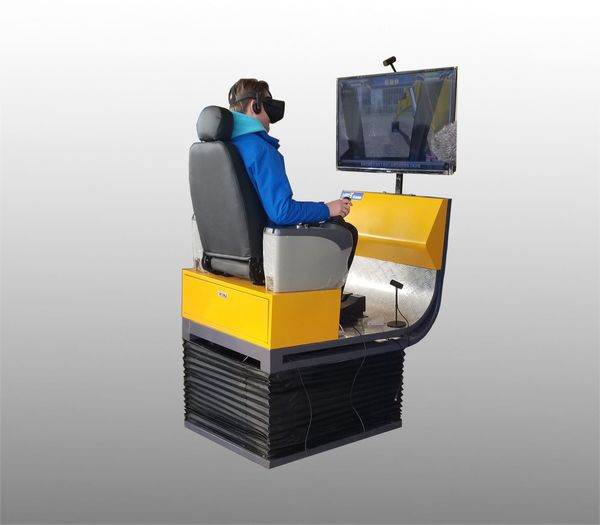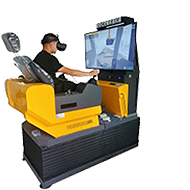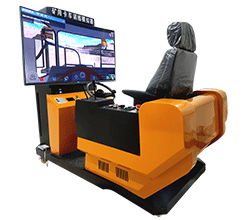Virtual technology is the simulation of objective phenomena in the past, present and future and the fiction of the objective world. It is based on computer simulation technology and integrates various new technologies born in various fields, including computers, images and displays, stereo images, stereo speakers, sensors, measurement and control, scientific computing, artificial intelligence technology and software engineering, as well as psychology Science, physiology, behavioral science and other related technologies form a comprehensive system technology group. It can not only greatly extend people’s senses of sight, knowledge, hearing, smell, etc., but also has the functions of greatly improving people’s work efficiency, saving resources, and reducing risks.
Virtual reality technology has four basic characteristics:
(1) Immersion
Based on the physiological and psychological characteristics of human vision, hearing, etc., realistic three-dimensional images are generated by the computer. After the user puts on equipment such as a helmet display and data gloves, he or she is placed in a virtual environment and can interact with various parts of the virtual environment. The objects interact to create an immersive and realistic feeling.
(2) The interactive system simulates the naturalness of human-computer interaction, and users use special helmets, data gloves and other sensing devices. For example, when a user grasps an object in the virtual environment with his hand, his hand can feel the weight of the object, creating the feeling of holding the object.
(3) Multi-sensory users can obtain multiple perceptions such as vision, hearing, and touch through sensing devices in the virtual environment to achieve an immersive effect.
(4) Autonomy means that objects in the virtual environment act according to the laws of physics. For example, an object affected by a force will move in the direction of the force, tip over, or fall from the table to the ground.
Outlook
In the past few decades, virtual technology has gradually grown from infancy to maturity, and its widespread application has created a framework for future technologies. With the rapid development of computer software and hardware technology, communication technology and network technology, the development of virtual technology itself will be broader, and will make CAD/CAM/CAF technology develop to a deeper and more advanced stage. The connected use of design systems gradually transitions to replace traditional design systems. In the next ten years or so, it is expected that virtual technology will become the main form of engineering and product design, and commercial systems will appear that can be promoted and used, such as helmet-mounted displays, digital gloves and other visualization devices, haptic systems, etc. This will bring a completely new change to the world’s machinery industry.
Post time: Dec-18-2023



